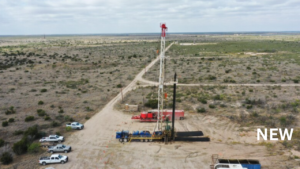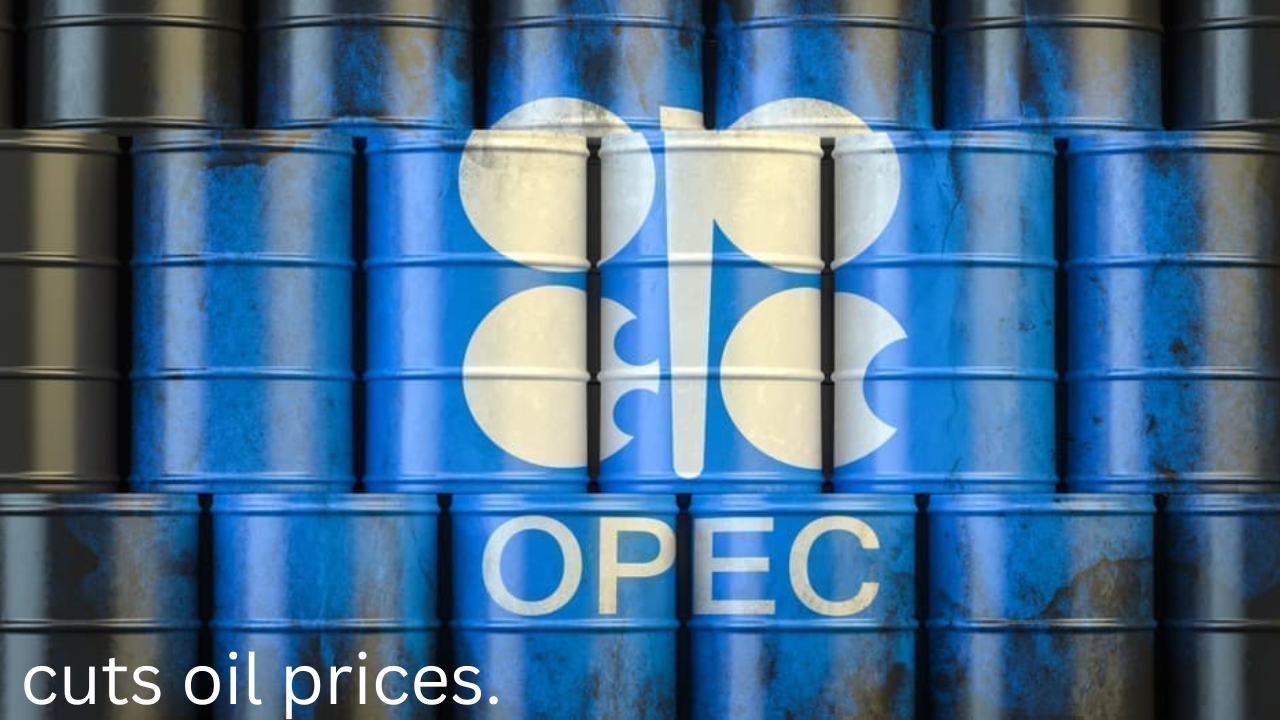On November 22, 2019, the sun is seen from behind a crude oil pump jack in Loving County, Texas, in the Permian Basin. Image captured on November 22, 2019. REUTERS/Angus Mordant/File Image Obtains Rights to Use Image (Oil Price)

- Markets cautious ahead of OPEC+ meeting on November 26.
- Watching to see if the cuts by OPEC+ continued or intensified; U.S. government stockpile data is expected on Wednesday.
November 22, London (Reuters) – As the market awaited news on output cuts from the OPEC+ producers group and sought confirmation of a sharp build-up in U.S. crude stocks, oil prices fell on Wednesday in quiet pre-U.S. Thanksgiving holiday trading.
By 1149 GMT, Brent crude futures had dropped 95 cents to $81.50 per barrel. Futures for US West Texas Intermediate crude dropped 92 cents to settle at $76.85. Prior to this, both benchmarks had lost $1 in trading.
The benchmarks have dropped for the past four weeks in a row, and last week’s losses were compounded by growing apprehensions about the demand outlook.
Ahead of the planned OPEC+ meeting on Sunday, when the producer group may talk about further supply cuts in response to the slowing growth of the world economy, investors remained cautious.
Both contracts saw a 2% increase on Monday after three OPEC+ sources informed Reuters that the Organization of the Petroleum Exporting Countries and its allies planned to discuss further reductions in the provision of oil during its November 26 meeting.
As the Thanksgiving holiday approaches, the oil market is witnessing a significant trend—oil prices are on the decline ahead of planned cuts by the OPEC+ alliance. This move comes at a crucial time, as global oil demand continues to evolve amid economic shifts and the ongoing recovery from pandemic impacts.
The anticipation of reduced output by OPEC+ member countries has sent ripples through the oil market, contributing to a recent decrease in oil prices. This decline has caught the attention of industry experts and investors, shaping the pre-Thanksgiving trade dynamics.
The OPEC+ coalition, which includes major oil-producing nations like Saudi Arabia and Russia, has been navigating the delicate balance between stabilizing oil prices and meeting the evolving demand. With an eye on this goal, the alliance had previously announced plans to gradually increase oil production levels but is now considering a shift towards production cuts to support prices.
One of the primary factors impacting this decision is the global economic landscape. Despite signs of recovery in several regions, concerns over the resurgence of COVID-19 variants and supply chain disruptions have led to uncertainties about future oil consumption patterns. As a result, OPEC+ member nations are strategizing to adapt their output accordingly.
Furthermore, geopolitical tensions and changing dynamics among key oil-producing nations also contribute to the fluctuations in oil prices. Any shifts in political relations or production policies among these countries can have immediate and profound effects on the oil market, influencing prices and trade patterns.
The decline in oil prices ahead of Thanksgiving trade signifies the intricate dance between supply and demand dynamics. While consumers often benefit from lower oil prices, this trend can impact the revenue and planning of oil-producing nations, influencing their economic strategies.
Analysts are closely observing the OPEC+ meetings and announcements, expecting insights into the alliance’s future production plans. The decisions made by these major oil-producing nations hold significant weight, impacting not only the immediate market trends but also broader economic and geopolitical landscapes.
As we approach the Thanksgiving holiday, the oil market remains in a state of flux, with various factors shaping the trajectory of oil prices. The intricate balance between supply adjustments, demand fluctuations, geopolitical influences, and economic uncertainties continues to define the evolving landscape of the oil industry.

